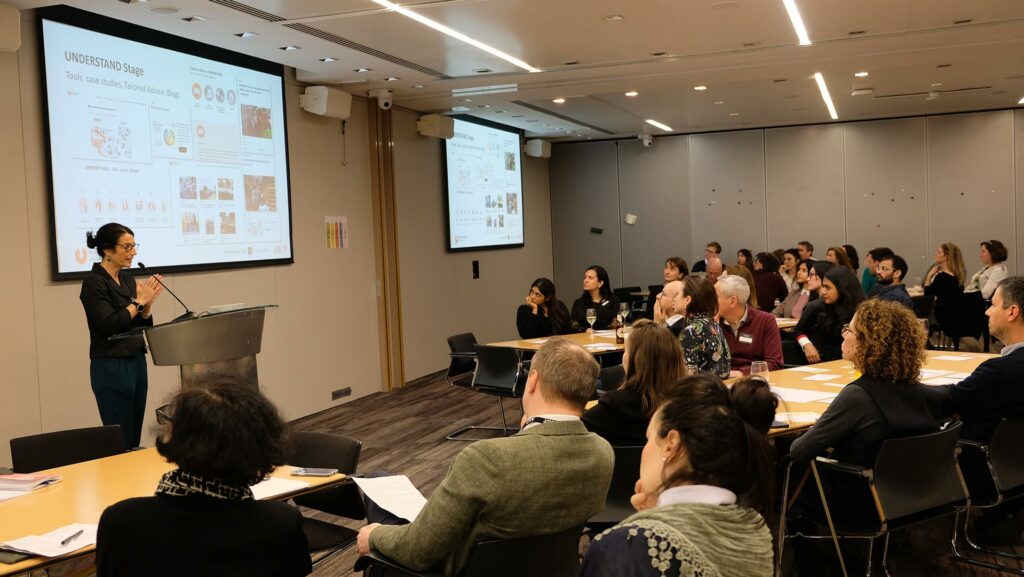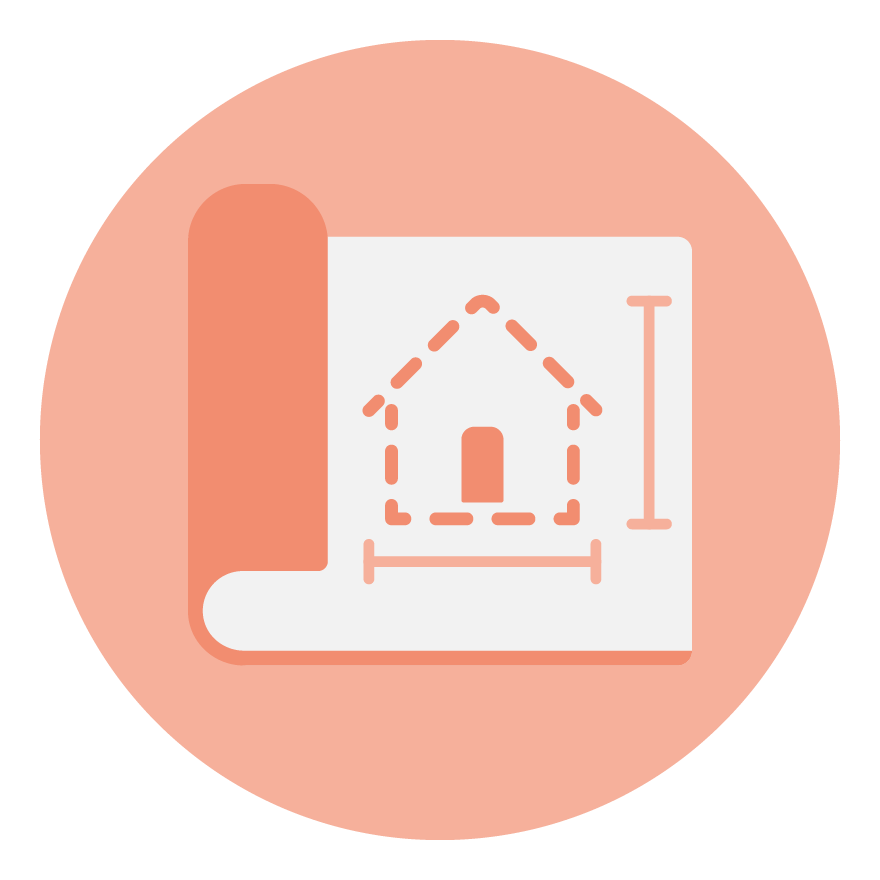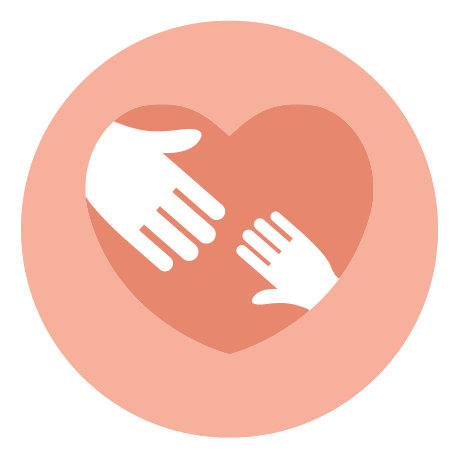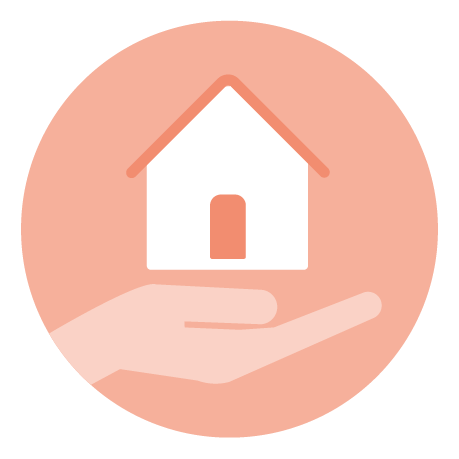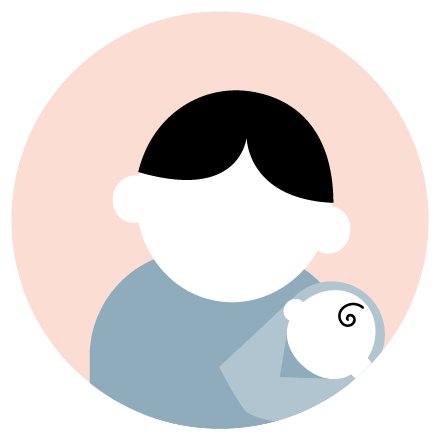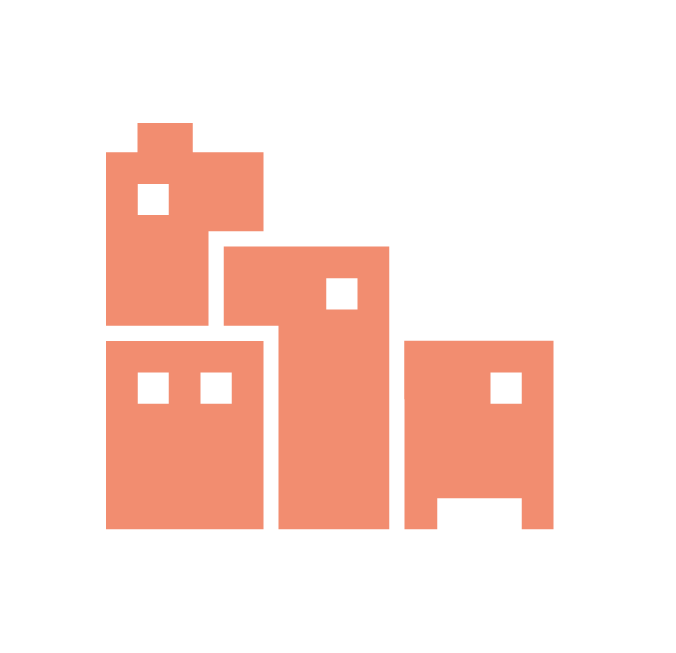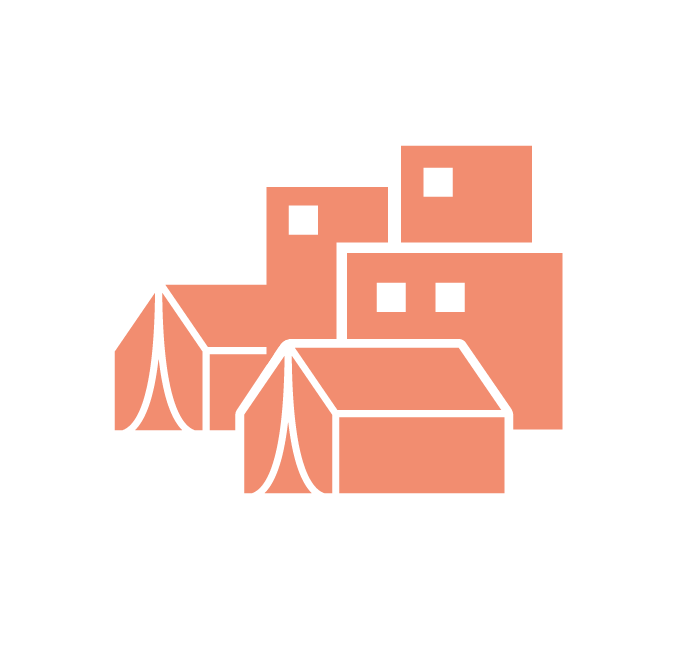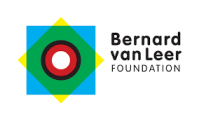Who is this guide for?
Children’s lives and wellbeing are being shaped by the cities they grow up in, so we should shape our cities to provide the best environment for our next generation to reach their full potential.
Arup and the Bernard van Leer Foundation have combined their design and early years expertise to provide guidance, tools and tailored advice to city authorities, developers, urban practitioners, and early childhood development practitioners to create urban spaces that cater for the needs of children and families, and support and promote healthy caregiving practices and behaviours.
Why do we need to focus on children growing up in cities?
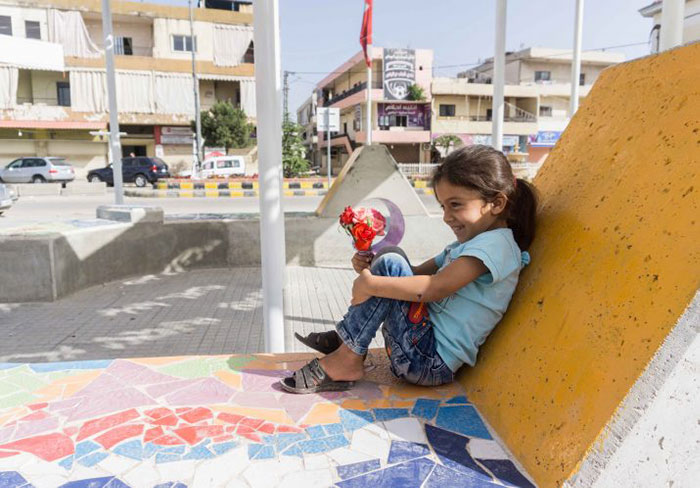
A guide for all urban contexts
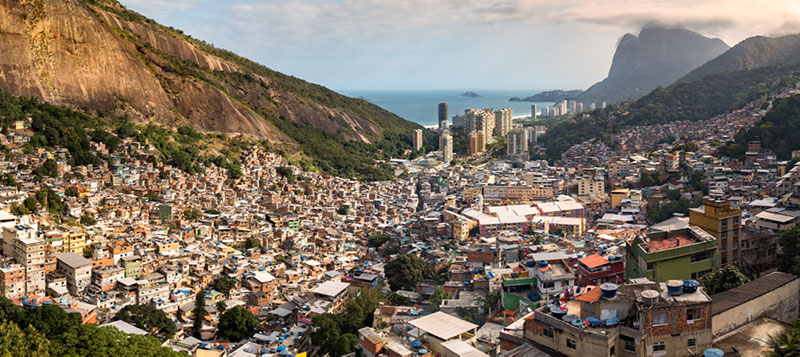
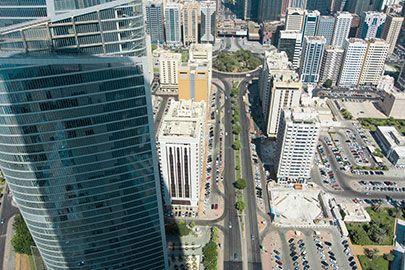
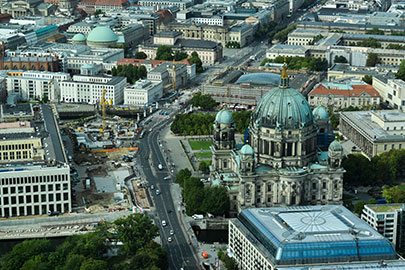
The guide also includes specific tools and case studies that can be applied to vulnerable urban contexts, including informal settlements and refugee settlements.
Learn more about the research undertaken in vulnerable urban contexts.
Vulnerable urban contexts are cities or parts of cities that are subject to ongoing shocks and stresses that result in a vulnerability of lives, livelihoods and the social, economic and governance systems we rely upon. These contexts tend to be overcrowded, polluted, and characterised by insecure housing, limited access to city services and good-quality public space, and with incomplete or unsafe infrastructure. Despite the challenges and lack of support, it is important to acknowledge the creativity, innovation and resilience of people living in these communities who have come together to improve their living conditions and support each other. Enabling and empowering communities is critical to improving cities for children and caregivers
Investment in child development is the most effective approach to the long-term improvement in security and prosperity of communities worldwide.
The benefits of the guide
An approach, that prioritises care and proximity in urban planning is a vital part of creating inclusive cities that work better not only for babies, toddlers, and their caregivers, but for everyone. Arup’s publication Designing for Urban Childhoods highlights the many benefits that cities around the world have achieved where steps have been taken to enhance children’s experience of the city.
These multiple benefits show that focusing on the needs of the youngest children has the potential to act as a unifying theme to navigate complex challenges and gain support for progressive ideas. Child and family-friendly urban planning can be an effective catalyst in response to different urban agendas such as road safety, air pollution, sustainable behaviours and supporting an active population.
Health and wellbeing
Creating cities that offer children of all ages and backgrounds an opportunity for everyday freedoms, as well as organised activities such as sport, can help to increase fitness, develop stronger immune systems, decrease stress levels and foster greater respect for themselves and others.
Local economy
Parks and public spaces that are child and caregiver-friendly are good for business. Parts of cities where families with young children choose to visit signal better than any marketing material that an area is clean, safe and fun. Retail, leisure and business-occupiers increasingly recognise that this is good for business.
Safety
When public areas are busy with children and families enjoying cultural activities, they become cleaner and more secure. The key is in focusing on removing danger from the road environment and public spaces, not the removal of children from danger. Equally important is focusing on perceptions of safety and the other barriers to safety, which can be physical, psychological, or emotional, such as crime, discrimination and negative behaviours.
Stronger communities
Social connection is essential to health and wellbeing. Meaningful and positive social interaction between community members of all ages helps to build relationships and foster a sense of community.
Nature and sustainability
A connection with nature is associated with a range of physical and mental health benefits, including lower rates of obesity, depression, stress and attention disorders. Urban green spaces have been shown to particularly benefit the elderly and young, tackling age-related inequality while improving health.
Climate resilience
Embedding child-friendly principles in measures that improve climate resilience can also create opportunities to enhance children’s wellbeing and development. Cycle paths and sports pitches can, for example, turn into waterways and reservoirs, while bouncy floor panels above underground storage tanks power water pumps to activate nearby water features.
The Partnership
Journey so far
2019
Arup and the Bernard van Leer Foundation begin collaborating
The first version of the Proximity of Care design guide begins development, created primarily for vulnerable urban contexts such as informal and refugee settlements, that are home to hundreds of millions of children worldwide.
2020
Partner organisations support developing the Proximity of Care Design Guide
Arup and the Bernard van Leer Foundation partner with four experienced organisations operating in informal and refugee settlements, and pilot the Proximity of Care approach in four sites: Catalytic Action in El Mina, Lebanon; Civic in Azraq, Jordan; Kounkuey Design Initiative (KDI) in Kibera, Kenya; and Violence Prevention through Urban Upgrading (VPUU) in Khayelitsha, South Africa.
A Technical Review Committee is setup to inform the guide
This committee is made up of experts and decision makers from city government, humanitarian, and development sectors at the forefront of policy, design, and construction in vulnerable urban contexts: UNDP, UN-HABITAT, UNICEF, International Federation of Red Cross and Red Crescent Societies, International Rescue Committee, Save the Children, ImagiNation Afrika, NACTO, World Health Organization, World Wide Fund for Nature, Norwegian Refugee Council, European Network for Child Friendly Cities, Municipality of Tirana, Cuidad Emergente, Qendra Marrëdhënie (The Relationship Center), American Red Cross.
2021
The first version of the Proximity of Care Design Guide is launched
The first version of the Proximity of Care Design Guide is launched to support practitioners working in vulnerable urban contexts in developing child-friendly initiatives.
The Proximity of Care Design Guide is part of the Urban95 Academy
Arup is a knowledge partner of the Urban95Academy, a leadership programme supported by the Bernard van Leer Foundation and the London School of Economics & Political Science, to help city leaders design better cities for young children and their caregivers.
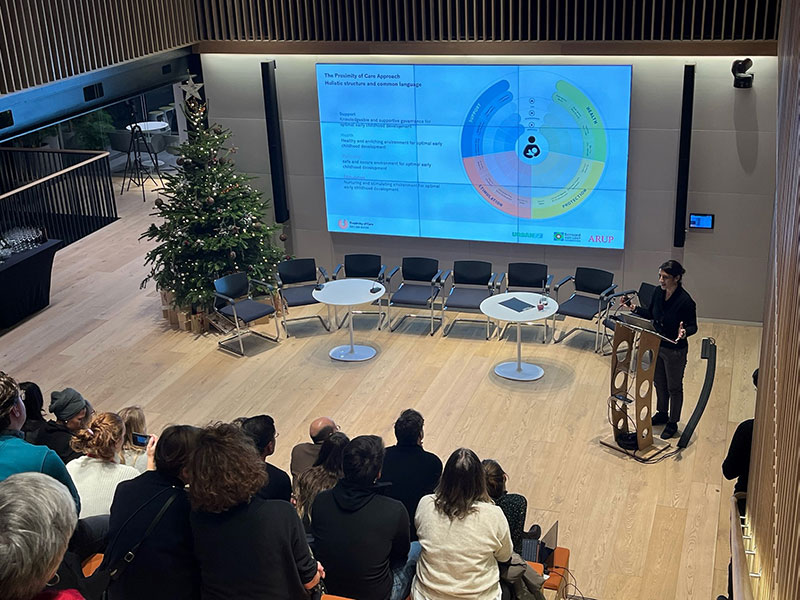
2022
Work on an expanded version of the guide begins
After a number of city authorities, private developers and urban practitioners expressed interest in applying the guide to a range of projects and initiatives, Arup and the Bernard van Leer Foundation decided to further develop the guide to benefit children, caregivers and pregnant women in any neighbourhood or city worldwide for a wider range of users.
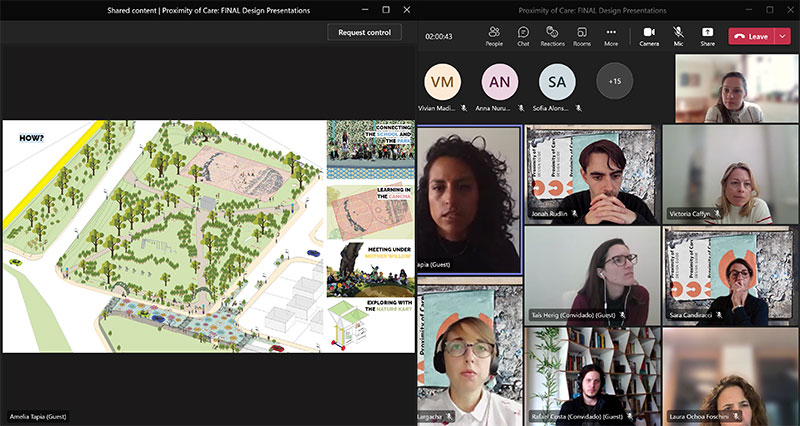
New partner organisations pilot the guide
The guide is further developed by training and working with nine new partners to apply and test the principles and approaches to a challenge in their own cities, including non-vulnerable contexts: arki_lab in Denmark, London Borough of Waltham Forest in the UK, Institute for Spatial Policies and Pazi!park in Slovenia, Huasipichanga in Ecuador, Espacio Ludico in Uruguay, Cidade Activa and E+1 in Brazil, and Ciudad Emergente in Chile.
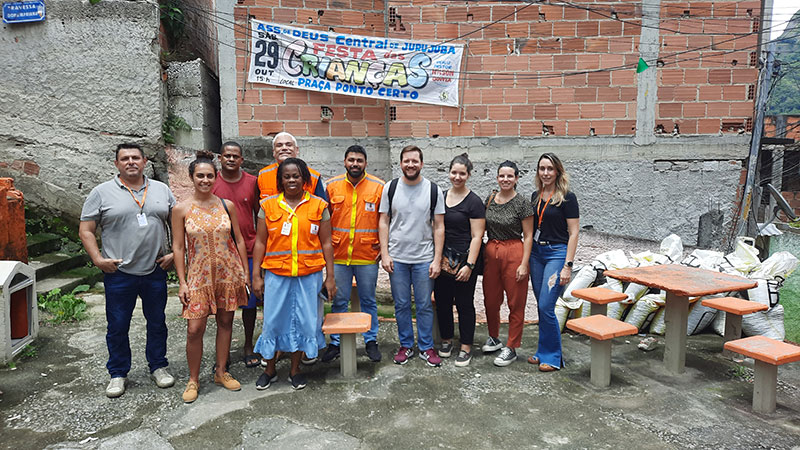
2023
The new version of the Proximity of Care Design Guide is launched
A new guide is launched incorporating knowledge, expertise and practical experiences from the new partners, offering additional content to a broader audience, tools and case studies to guide and inspire child and family-friendly solutions in cities worldwide.
